The journey of every yacht coating starts in the laboratory and passes a high-tech production line. Jens Büning from the ALEXSEAL Yacht Coatings lab team provides IBI readers with a tour behind the scenes of how and why to develop new yacht coatings
Before we look at how a new coating is developed, let’s first look at why we create new coatings at ALEXSEAL. There are generally two different motivations for this, as Jens Büning, Laboratory Manager at the ALEXSEAL site at Mankiewicz in Hamburg, explains: “On the one hand, we start formulating a new coating to expand our existing portfolio, such as by adding a technology that we haven’t used before. For example, this was the case with our Acrylic Topcoat X. There were already acrylic coating systems on the yacht market. Still, we wanted to develop a game-changing acrylic for the entire industry.
”However, a second, even more exciting starting point comes from the market. If, for example, a new challenge arises for which there is not yet a paint solution, then our spirit of research is particularly challenged.”
Examples would be new requirements for the paint surface in terms of resistance or functionalities or new materials to which a paint must adhere.
The Wish List
Once the new challenge has been identified, the first step is not to formulate a new coating recipe but to create a wish list for the coating, specifying everything it should ideally be able to do.
However, the laboratory team does not do this alone; it involves ALEXSEAL’s global sales team. They actively talk to customers in the market who could make good use of the new coating. This ensures two important aspects:
- First, you can be sure that the coating’s properties are being developed with the customer in mind.
- Second, the ALEXSEAL team’s global presence ensures that the customer’s local requirements (such as climatic conditions) are reflected on the wish list.
Around the world, ALEXSEAL can rely on several internal application testing centers, like this one in Hamburg, Germany. These centres are frequently used in cooperation with customers to train, exchange, and boost coating knowledge for both sides.
Realising wishes
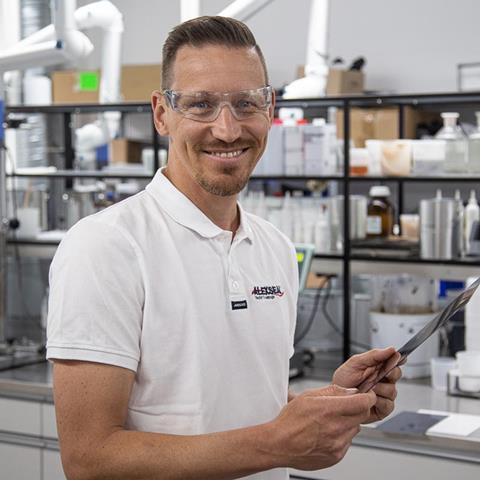
The laboratory team begins formulating the coating only after finalising the wish list. “The first question we ask ourselves is whether there is already a similar coating system in the Mankiewicz portfolio that might be a considerable advantage in a completely different market because we can draw on the experience of numerous other industries,” continues Jens. ”There are valuable synergies here, especially in the rail and aviation industries.”
No matter what kind of yacht paint is being developed, these essential functionalities are always an absolute must-have:
- Excellent UV stability is necessary to maintain the colour and gloss level over the long term, as the sun’s power has a powerful effect on water.
- A good flow of the paint on the surface is also crucial. The paint must be laid smoothly on the surface to look like a reflective surface later. This is an exciting chemical and physical challenge on vertical hull sides.
- The drying properties and overspray uptake must be harmonised. Users naturally want the paint to dry quickly to prevent dust inclusions. On the other hand, the paint needs a sufficiently long open time to absorb the overspray well during painting. This is particularly important for large surfaces and when using several painters.
- A shelf life of several years is always aimed for.
Then, we add the properties on the wish list for the specific coating to be developed. During the formulation process, particular attention is paid to selecting suitable resins, as these significantly impact the coating’s core properties. Additives can then be used to fine-tune the paint to the smallest nuances.
Black and white view
Black and white are the colours that we develop first for a new paint job. “One reason for this is that white yachts make up a large part of the market,” says Jens. ”On the other hand, black and white are also excellent colours for performing initial performance tests with the new paint.”
Testing paints is an essential step to market launch. ALEXSEAL tests under three aspects:
- Several specialised application technology departments worldwide simulate various painting scenarios using original industry equipment in climate-controlled spray booths.
- ALEXSEAL has many customers worldwide who are happy to be involved in practical tests. Jens comments: ”We are naturally delighted that this ‘moving forward together’ mentality exists in the market. In the beginning, despite all the chemistry and expertise, the trial and error principle sometimes helps to speed up the way to the perfect solution.”
- Our in-house testing centre conducts various test simulations, such as ropes rubbing on the hull. We also examine weather resistance, UV stability, and saltwater resistance.
The laboratory can produce the material for these tests in small quantities, equipped like a small production line.
Once all the tests and initial trial coatings on the market have been completed, the paint goes into classic production, and the laboratory starts working on a wide range of colours for the new paint system.
“If you start from scratch with paint, this process takes one to two years,” states Jens. ”However, if I have a similar paint I can build on, it goes much faster.”
A perfect finish always has the same recipe: expertise, experience, a small pinch of patience and the joy of experimentation.





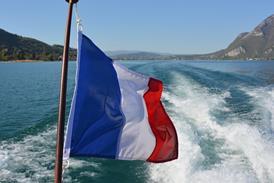

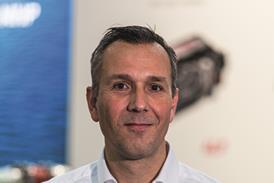

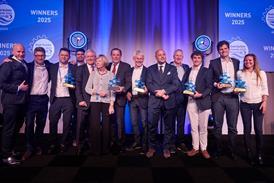






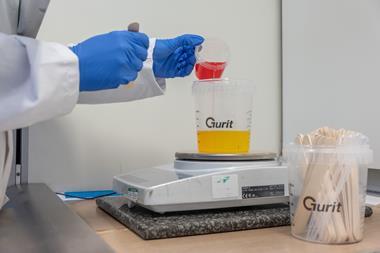
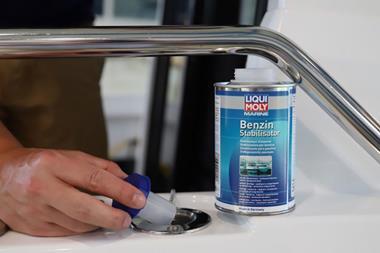

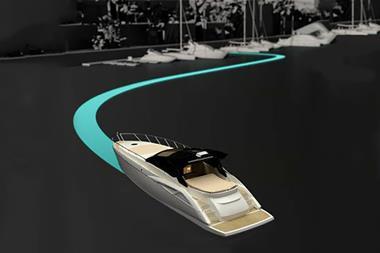
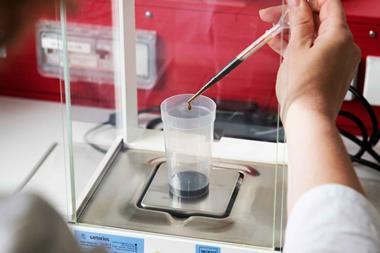
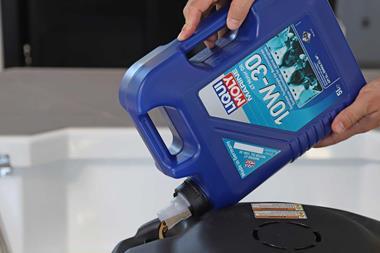
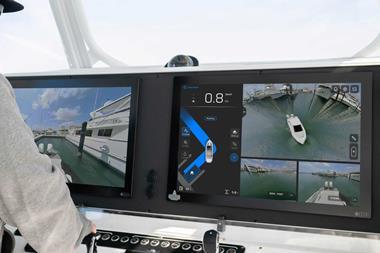
 LinkedIn
LinkedIn X / Twitter
X / Twitter Facebook
Facebook Email us
Email us




